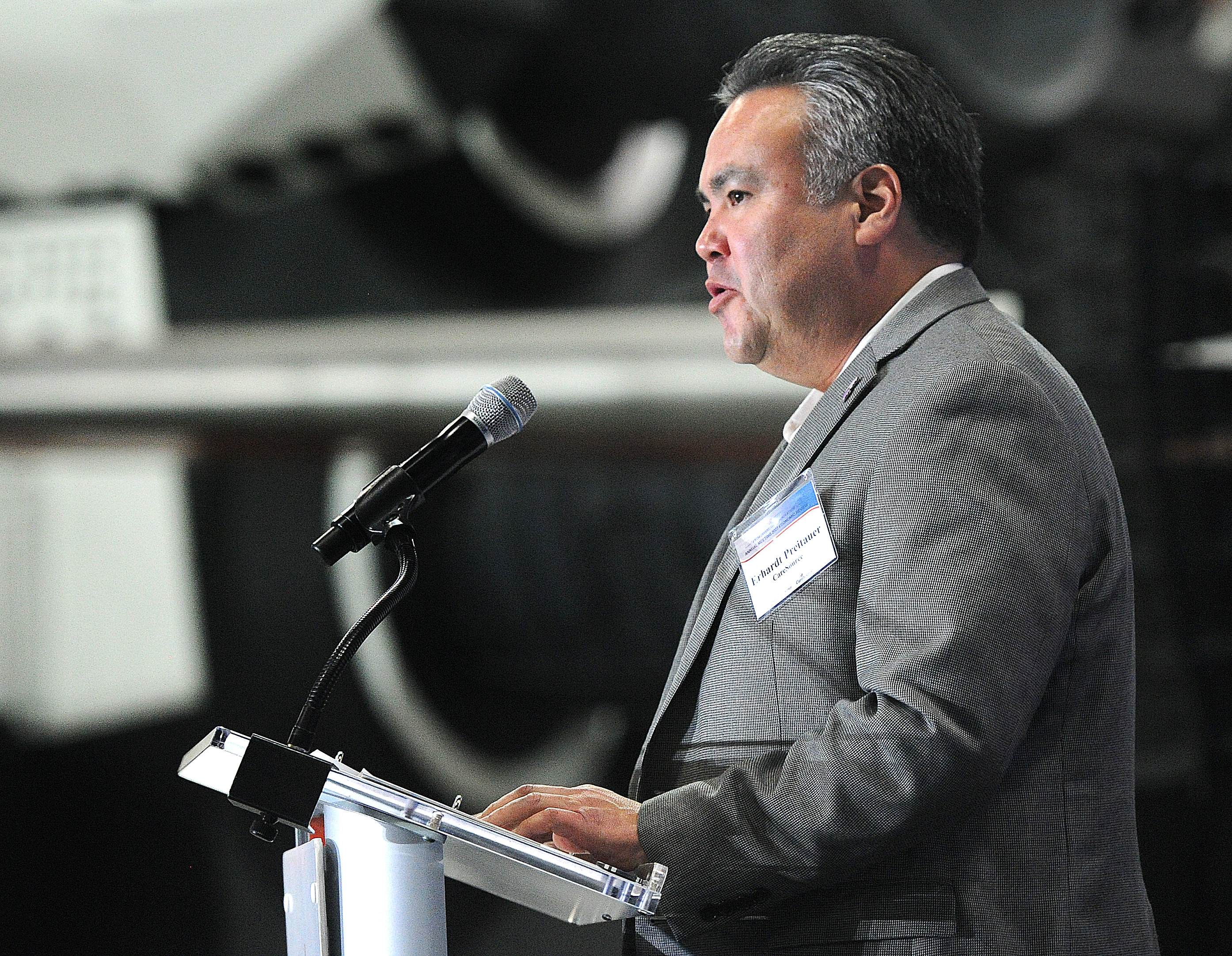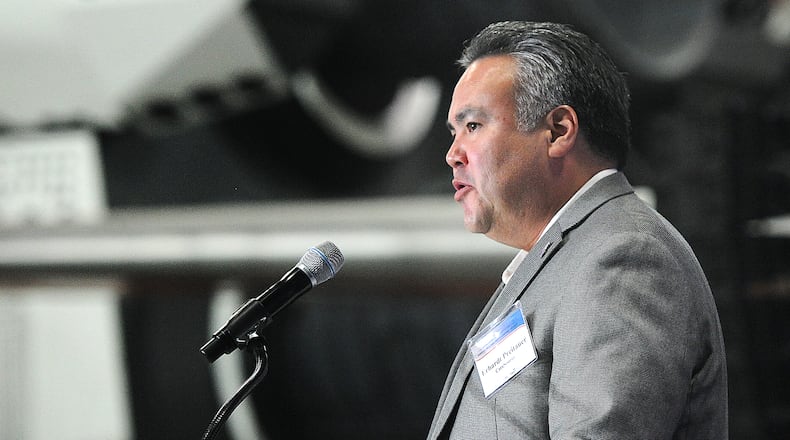This story is part of a Dayton Daily News investigation into nonprofit CEO compensation across southwest Ohio. It uses 2023 data because that is the most recent year for which tax records are available for most nonprofits. CareSource’s 2023 tax data was filed in November 2024.
DAYTON DAILY NEWS INVESTIGATES
Executive compensation at area nonprofits

Federal law requires transparency of nonprofits in exchange for getting tax breaks, donations from the public and often considerable government funding. For many, that includes listing on publicly accessible tax forms how much they pay their top executives.
A monthslong investigation by the Dayton Daily News looked into how area nonprofits compensate their top-paid executives as they face revenue challenges and financial headwinds.
- » Nonprofits facing revenue losses say executive pay raises necessary
- » From Wittenberg to Wilberforce to welding institute, area private school leaders’ pay rose as revenues declined
- » CareSource CEO paid $12M as nonprofit revenue dropped $1B
- » Government funding cuts put most Ohio nonprofits at risk
- » Search: How much area’s largest nonprofits pay their top-paid employees
- » How and why we investigated area nonprofit CEO pay
In response to questions from the Dayton Daily News, CareSource responded with a statement saying executive compensation is decided with guidance from an independent, third-party consultant.
“Under the leadership of our Board’s Compensation Committee, this firm benchmarks salaries against industry standards to ensure competitiveness and compliance with IRS standards for nonprofit organizations,” the statement says.
“Compensation is based on annual and long-term performance goals, including member satisfaction, quality metrics and growth,” it says. “This approach reflects CareSource’s market-leading performance, significant expansion and commitment to our members’ health outcomes.”
Revenue decline
CareSource is a massive operation with multiple subsidiaries operating in 14 states and covering two million members. Most recently, the organization announced it is expanding into the New York market.
The organization’s combined revenue in 2023 was about $11.8 billion, which is down from $13.1 billion in 2022 and $12.4 billion in 2021, but up from $11.2 billion in 2020.
CareSource services mostly Medicaid-managed care and Marketplace members, as well as covering some members who are dually eligible for Medicare and Medicaid. It is the largest managed care provider for Medicaid in Ohio.
State and federal policies make the future of Medicaid funding uncertain. The “One, Big Beautiful Bill” passed by Congress and signed by President Donald Trump this summer is projected to reduce federal Medicaid spending over the decade by $911 billion.
Estimates suggest more than 10.3 million people are likely to lose Medicaid over the next 10 years, according to the healthcare policy tracking organization KFF.
CareSource employs more than 4,700 people nationwide, including about 1,000 in the Dayton region.
CareSource responded to the Dayton Daily News’ question of how Medicaid changes will impact CareSource and its workforce in its statement: “Thanks to CareSource’s strong performance over the past several years, we are well-positioned to continue serving our members, their families and their communities.”
“As CareSource has grown to serve more members, most recently through our Nevada Medicaid contract and affiliations with organizations in Massachusetts, Wisconsin and New York, we have continued to prioritize investing in the communities in which our members live and work,” the statement says. “In the last three years, we’ve invested over $100 million in communities across the country. Our new partnerships have also contributed to sustained growth in our workforce.”
Staff writers Michael Kurtz and Samantha Wildow contributed to this report.
About the Author

